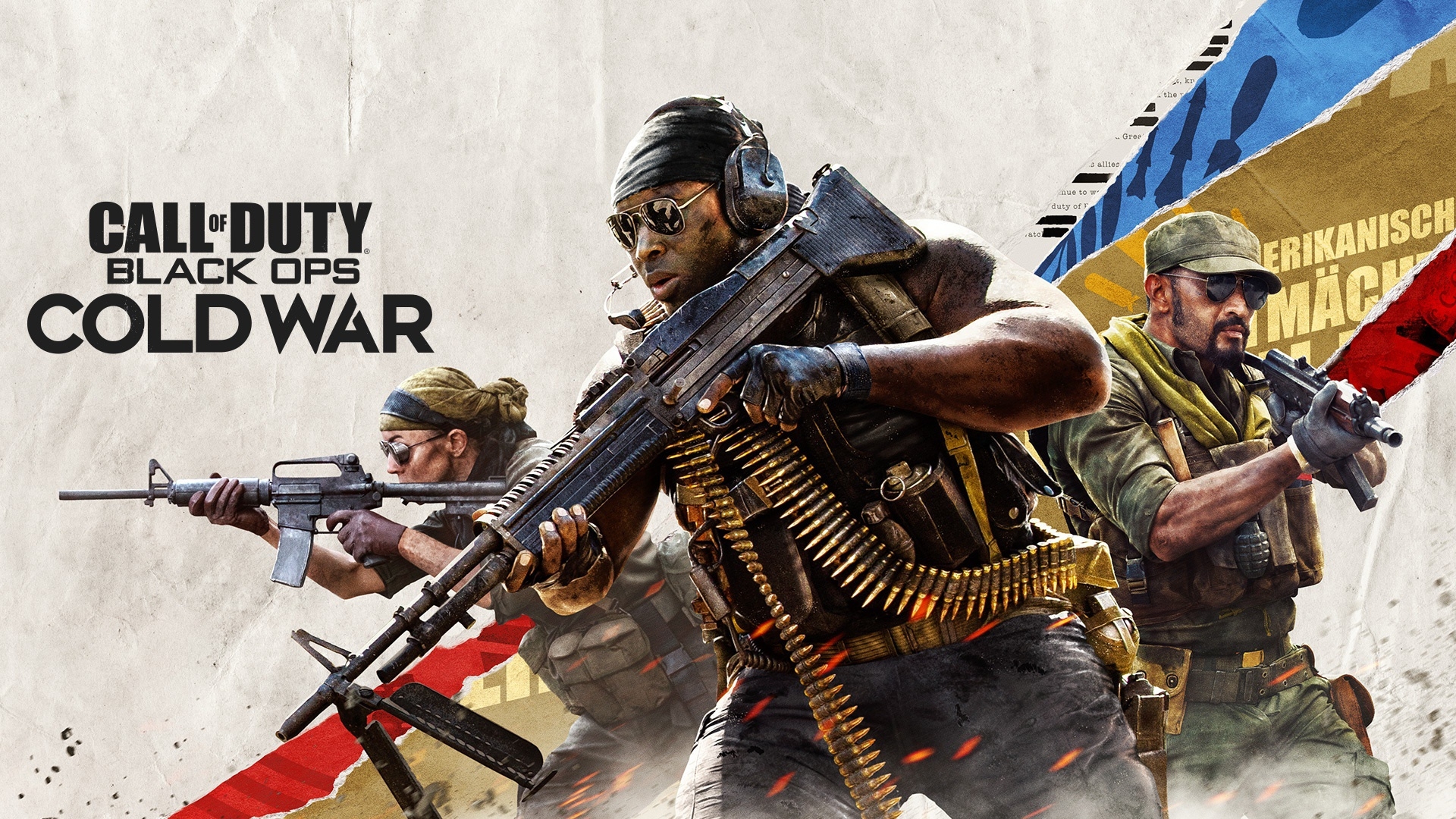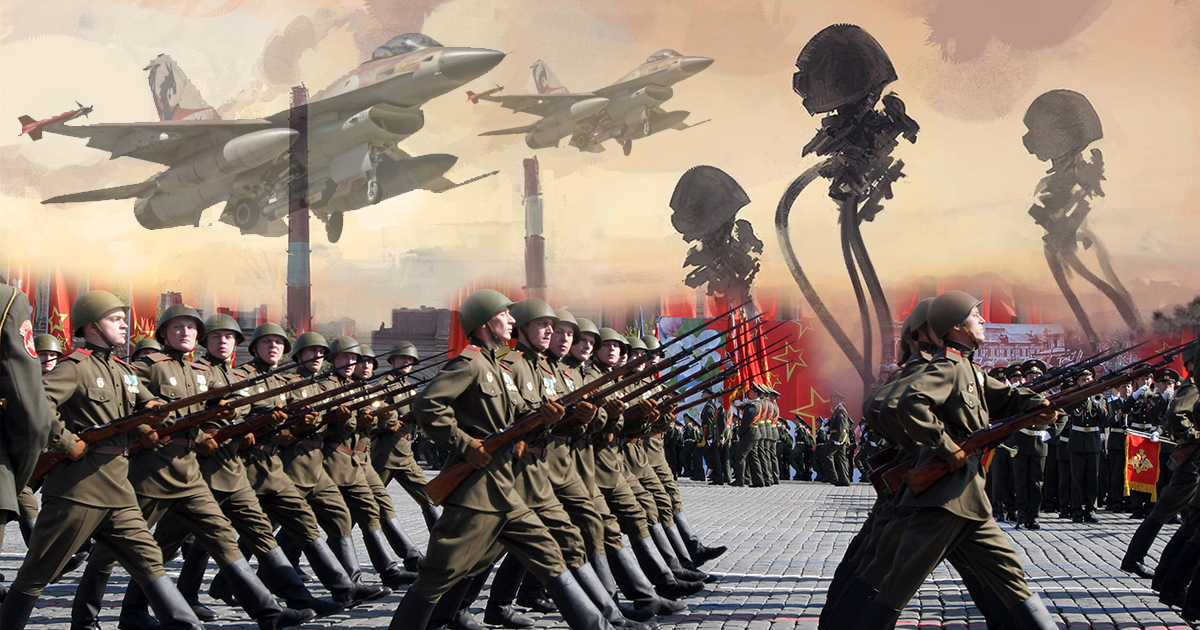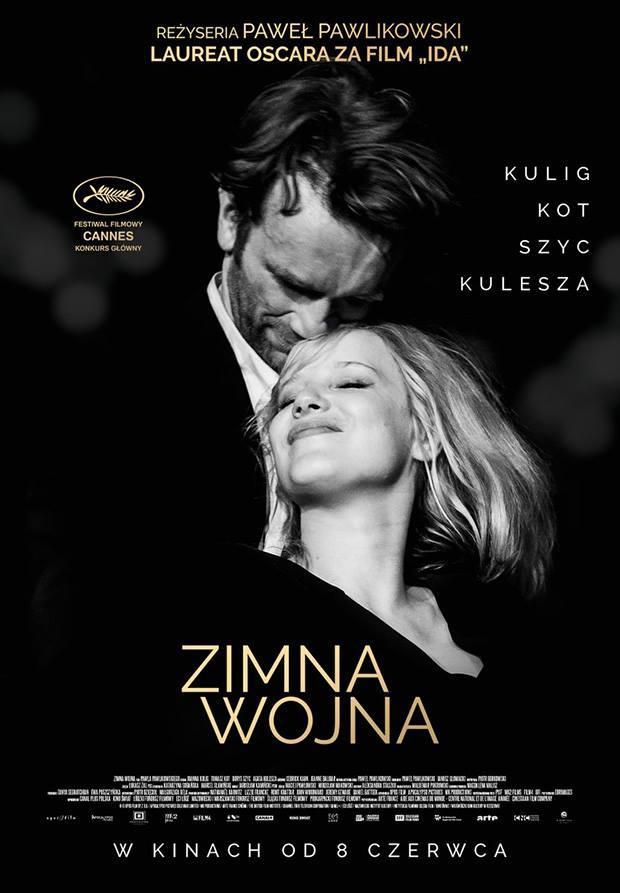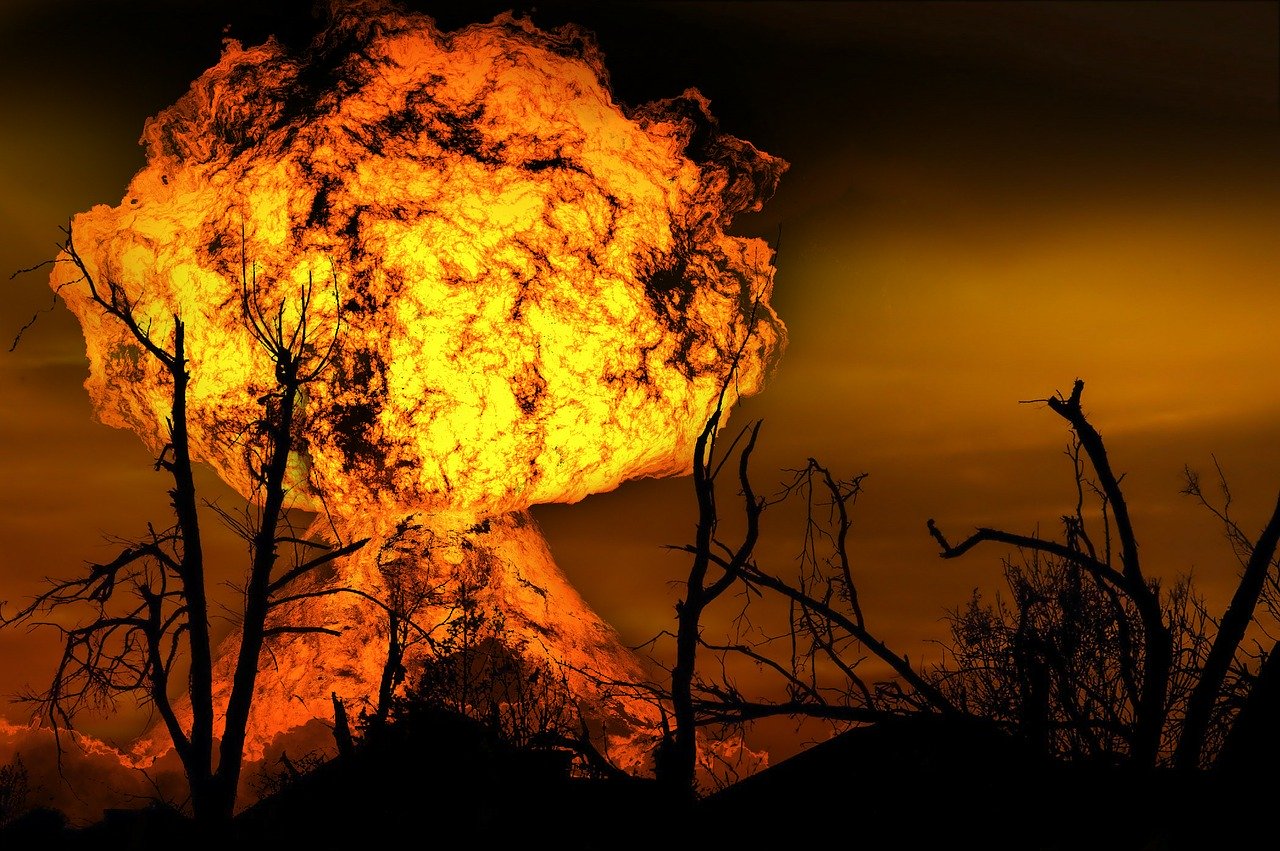Introduction
The Cold War was a period of political tension and military rivalry between the United States and the Soviet Union, lasting from the end of World War II in 1945 until the collapse of the Soviet Union in 1991. The Cold War was characterized by a lack of direct military engagement between the two superpowers, but instead was fought through proxy wars, espionage, and propaganda.
Origins of the Cold War
The origins of the Cold War can be traced back to the end of World War II, when the United States and the Soviet Union emerged as the two dominant global superpowers. The two nations had vastly different political and economic systems, with the United States advocating for liberal democracy and free-market capitalism, while the Soviet Union was a communist state with a centrally planned economy.

The ideological differences between the United States and the Soviet Union led to a series of conflicts and tensions, including the Soviet Union's annexation of Eastern Europe and the United States' policy of containment, which sought to prevent the spread of communism throughout the world.

The Space Race
One of the most visible and iconic elements of the Cold War was the space race, a competition between the United States and the Soviet Union to achieve milestones in space exploration. The space race began in earnest in 1957, when the Soviet Union launched Sputnik, the first artificial satellite, into orbit.
The United States responded by investing heavily in space exploration, culminating in the Apollo 11 mission in 1969, which landed astronauts on the moon. The space race was seen as a symbol of the technological and scientific superiority of the two superpowers.
Proxy Wars
Although the United States and the Soviet Union never engaged in direct military conflict, the Cold War was characterized by a series of proxy wars fought in other countries. The United States supported anti-communist forces in conflicts such as the Korean War and the Vietnam War, while the Soviet Union supported communist regimes in conflicts such as the Cuban Revolution and the Soviet invasion of Afghanistan.

Arms Race
The Cold War also saw an arms race between the United States and the Soviet Union, as both nations sought to develop and deploy increasingly powerful nuclear weapons. This arms race led to a state of constant tension and the fear of a nuclear war.

End of the Cold War
The Cold War began to thaw in the 1980s, as Soviet leader Mikhail Gorbachev implemented a series of reforms known as perestroika and glasnost, which sought to modernize the Soviet economy and increase political openness. The United States and the Soviet Union also engaged in a series of arms control negotiations, culminating in the signing of the Intermediate-Range Nuclear Forces Treaty in 1987.

The Cold War officially came to an end in 1991, with the collapse of the Soviet Union and the dissolution of the communist government.
Conclusion
The Cold War was a period of political and military tension between the United States and the Soviet Union, characterized by proxy wars, espionage, and propaganda. Although the two superpowers never engaged in direct military conflict, the Cold War had a profound impact on global politics and the balance of power. The end of the Cold War marked a significant shift in global politics and the beginning of a new era in international relations.